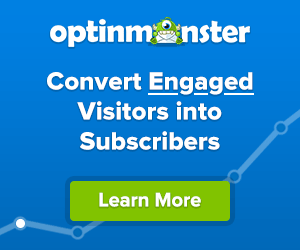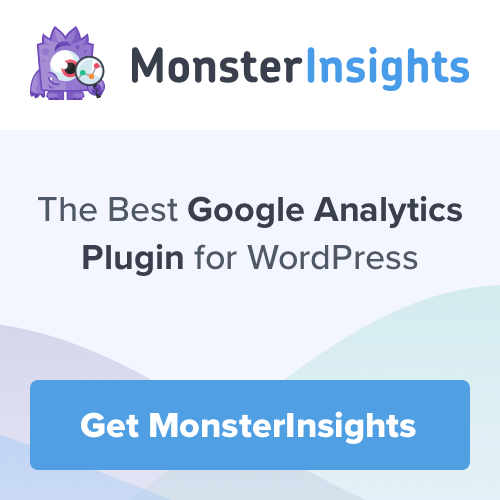Bear with us – this is a long one. But we felt it really important to share as we come out of lock down. So many professionals are suggesting brands ‘act now’ in terms of their communications strategy, but what if you don’t know how, or need a better understanding of what makes a good communications strategy in the first place? With our world fast-evolving as technology advances, it is important we approach our business communications, including public relations, marketing, internal communications and stakeholder engagement, holistically. That is, consider multiple platforms to share messages and drive engagement with audiences. Social media, websites, virtual events, activations, print and digital media, and even strategic partnerships – these are all opportunities to tap into when strategizing your business plan. Whilst every brand is different, we thought it helpful to share a common framework we use with our clients.

Outline your understanding.
It sounds easy enough, but one of the most common hurdles we see when working with clients is a struggle to understand their businesses realistic current position. Take a step back and remove the emotion from your perspective. As an outsider, who is your business? Draw a stick figure and attribute personality traits to it. This will make it easier for you to identify with it. Is it a male or female? How does it speak? Is it loud and outgoing, or soft and calming? What kind of music would your business listen to? Are there any public figures they may be friends with? (We sound crazy, we know. But, it honestly helps immensely). Now you have identified your business’ personality, it’s time to assess how it positioned currently. How is your business performing? What current practices are in place, and are they working? What have you tried previously, and how did those actions perform? Are there things you could do better, or activities or practices you already know could be implemented or switched out? Next, take time to visualize your ultimate goal for the business. What does it look like and where do you want it to go? By doing this, we can begin to break down our objectives into bite-size, achievable and impactful milestones.
Set your objectives.
Now that you have an understanding of your business’ position and direction you need to take, it’s time to put your first set of objectives into play. What would you like to achieve? Is it footfall? Sales? Perhaps you would like to see your database grow, or social media following increased. Would you like to raise awareness of your business? Or, maybe, you would like to better position yourself as a key opinion leader in the industry? Jot down three to five key objectives that are achievable in a three to six-month time frame. Why? Because this is not an overnight success. It will, realistically, take three months to see results. You need to give your business time to adapt, traction to be established amongst your audience and conversation to begin flowing.
How will you measure success?
This is often put at the end of a strategy, however, we know it needs to be considered much earlier in the plan. How can you create a strategy that doesn’t link back to your idea of measuring success? Instagram follower growth, footfall, mentions in the media, impressions on social channels. What does success look like to you?
Identify your audience.
Now you know what you want to achieve, you need to identify your audience. Be precise with this – yes, we know it can be hard to narrow it down, especially if you have a dynamic product or business. But, if this is the case, target the decision maker. Are they mainly male, or female? How old are they? What do they do? Where do they live? Have they any family or key interests? What magazines do they read? Are there any podcasts or TV shows they might follow? Perhaps, even a YouTube channel or blogger you think they might relate to. The better an understanding you have of your audience, the more specifically you will be able to target them.
Consider the platforms used to tell your story.
Let’s go back to our earlier comment of identifying platforms. Traditional PR would suggest tapping into media to tell your brand story, and perhaps, in more recent times, engaging more on social media and with influencers. However, this is not a one-size-fits-all approach. We repeat, this is NOT one-size-fits all! Yes, media presence is a huge advantage for any business, especially earned content (ie. stories the Editor or journalist has written due to seeing promise in its essence), BUT you need to have a story worth telling, first. Once you have identified your business’ story opportunities, consider how you might leverage these. Remember – advocacy starts from within. Owned platforms should be strong enough to support earned and paid content. Will you use Instagram stories, or LinkedIn? Is your website user-friendly, or does it include a blog our journal area? Can you leverage a strategic partnership with a likeminded brand for mutually beneficial results? What about media? What publications would best suit your brand, or do you have a strong enough story for broadcast? You may also wish to explore profiling, as stats have shown 49% of audiences to choose a brand out of respect for its senior leader. Can you build your key thought leadership profile in interviews or podcast opportunities?
Get creative.
This is our FAVOURITE part of any strategy, and the moment we pride ourselves on most. That creative injection that your brand needs to get the world talking. What can you do differently? What will excite audiences, get them engaged and sharing your story? This could be an activation, a digital campaign in the form of a mini video series, or maybe you’ve developed a workshop that will change the way your sector thinks. Brainstorm, draft, tweak, update… go through the processes. The bigger the idea, the better, as we can always scale it back to real-world opportunities. Remember to consider how this will achieve your outlined objectives, and how your current business, as it stands today, will need to adapt to account for it.
Explore tactics aligned to your audience.
This part of your strategy links back to your platforms. Now that you have your idea, your stories from that idea, the audience you need to engage with and the platforms you think (we say think, because this is only phase one. Everything is trial and error) will work best to communicate your messages outlined, you need to hone in on the tactics. A press release, imagery, video assets, media and influencer seeding, thought leadership article, an event. Weigh up the most beneficial
Assess results.
Give yourself time to succeed, but be sure to check in on your plan along the way. How is it tracking? What could be tweaked? Is your audience engaged? Perhaps media aren’t showing as much interest as you expected. No strategy is set in stone, and it is expected that you recognize, learn and adapt as you go.
If this all felt a little overwhelming, or you want some guidance about how to get started on the right foot, give us a call. We love coffee, and any excuse to chat comms!























